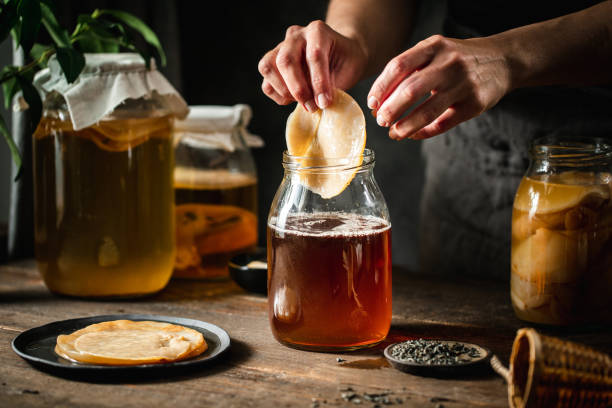Culinary collaborations that preserve producer knowledge
Culinary collaborations that preserve producer knowledge examine how chefs, producers, and researchers work together to keep traditional techniques alive while adapting to modern challenges. This article outlines practical strategies for sharing skills, documenting provenance, and integrating new technologies without erasing local expertise.

Collaboration between culinary professionals and primary producers can protect and multiply hard-won knowledge about ingredients, techniques, and provenance. When cooks, farmers, and processors design projects together, they create structures for passing on fermentation know-how, preserving flavor profiles, and keeping sourcing practices transparent. Effective collaborations balance respect for local traditions with clear systems for documentation, labeling, and traceability so that producer expertise remains visible even as products reach wider markets.
How does sustainability shape collaborations?
Sustainability guides many partnerships because it aligns long-term resource stewardship with the economic stability of producers. Projects that emphasize sustainable sourcing encourage crop diversity, reduced chemical inputs, and practices that protect soil and water. Collaborations often include training on seasonal planning, yield diversification, and packaging choices that reduce waste. By embedding sustainability goals into agreements, partners can make producer knowledge about regenerative practices a core deliverable rather than a side benefit, helping communities maintain skills across generations.
How do ingredients and fermentation skills transfer?
Ingredient-focused collaborations prioritize hands-on exchange: shared kitchens, apprenticeships, and documented recipes. Fermentation techniques—often tacit and context-specific—require time in the field or kitchen so sensory judgment, timing, and microclimate nuances are preserved. Pairing producers with researchers or chefs can create reproducible protocols for particular environments while retaining room for artisanal variation. Documentation that includes both sensory descriptors and procedural notes helps maintain flavor integrity when scaling or adapting traditional processes.
What role does sourcing and traceability play?
Clear sourcing practices and traceability systems make producer knowledge legible to buyers and regulators. Provenance records, batch tags, and robust labeling show where ingredients come from, how they were handled, and which methods shaped them. Traceability tools do not replace local expertise; they amplify it by linking a product back to its human and geographic origin. Collaborations that standardize simple record-keeping—photos, harvest logs, temperature records for coldchain stages—make it easier to defend and explain artisanal methods in commercial contexts.
Can plantbased and beverages preserve flavor?
Plantbased innovations and beverages offer opportunities to extend producer knowledge into new formats while honoring original flavors. Creating plant-based alternatives often requires deep understanding of ingredient functionality—how proteins, fibers, and sugars interact—so preserving flavor depends on close work between processors and growers. In beverages, small-batch fermentation or distinctive water profiles matter; documenting local techniques keeps sensory markers intact. Collaborative product development should prioritize ingredient provenance and sensory testing to avoid diluting the character that producers contribute.
How do zerowaste and localism support producers?
Zerowaste strategies and localism reinforce the economic and cultural value of producer knowledge. Closing loops—using byproducts for other foods, composting, or secondary processing—creates additional income streams and preserves technical skills for handling whole-plant materials. Local sourcing shortens supply chains and keeps decision-making close to producers, enabling iterative learning and on-the-ground adaptation. Projects that incentivize local procurement and waste reduction can codify artisanal methods into repeatable practices that strengthen community resilience.
Where do automation, robotics and coldchain fit?
Automation and robotics can scale certain repetitive tasks while freeing human time for knowledge-intensive work like flavor calibration and fermentation oversight. Thoughtfully introduced, these technologies handle labor-heavy steps—sorting, packaging, precise temperature control—without replacing the judgment that defines artisanal quality. Coldchain investments protect perishable ingredients during transport, preserving sensory attributes and enabling traceability through temperature logs. Collaborations should set boundaries so that automation supports rather than erodes the nuanced decision-making of producers.
Preserving producer knowledge through culinary collaboration requires deliberate structures: mutual respect, clear documentation, and technology chosen to amplify rather than replace human expertise. When chefs, farmers, scientists, and designers co-create, they can protect provenance, sustain flavor traditions, and build transparent sourcing systems that keep communities central to the food that reaches consumers.





